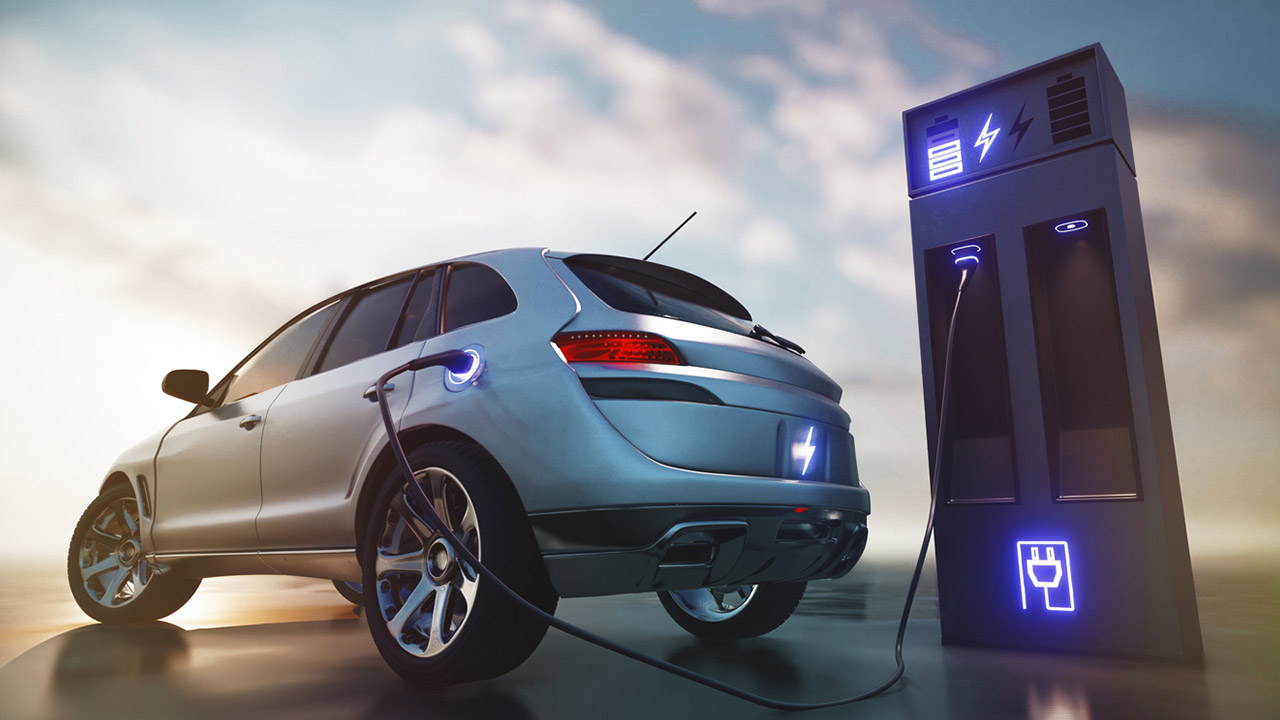India–US Trade Tensions Rise Over Steel and Auto Tariffs NMDC Limited reports a 38% drop in Q4 FY24 consolidated net profit RINL to Raise $23 Million Through Land Sales Amid Crisis

China's dominance in global electric vehicle manufacturing and sales is well recognised, but a recent International Energy Agency (IEA) analysis suggests that the country is expanding its auto impact throughout Asia's fast-growing countries. According to the IEA's Global Electric Vehicle Outlook 2024 study, China accounted for 60% of all EV sales in 2023, and this rapid adoption is predicted to continue, with one in every three cars on Chinese roads by 2030.
Perhaps more importantly, the IEA anticipates China's influence and leadership in EVs expanding throughout Asia as it uses its massive industrial resources to invest in and promote cheaper EVs in countries such as Thailand, Vietnam, and Indonesia. The key to success for China's EVs, compared to vehicles made in Europe and North America, is cost. "In China, we estimate that more than 60% of electric cars sold in 2023 were already cheaper than their average combustion engine equivalent," the report said.
"However, electric cars remain 10% to 50% more expensive than combustion engine equivalents in Europe and the United States, depending on the country and car segment," the IEA said.
China is pursuing a different path with EVs compared to Europe and North America, choosing to emphasise smaller and cheaper city cars that can compete with and even out-compete equivalent internal combustion engine (ICE) vehicles. In contrast, the bulk of European and U.S. EVs have been larger, more luxurious, and more costly, with automakers seemingly targeting a wealthier demographic of early adopters of new technologies.
What is happening is that China has built an early advantage in making EVs cheaper and accessible to more people, a strategy that is likely to pay off in Asia. This is especially the case in countries where switching to EVs, both cars and two- and three-wheelers, enjoys policy support and incentives from governments. "In 2023, 55% to 95% of the electric car sales across major emerging and developing economies were large models unaffordable for the average consumer, hindering mass-market uptake," the IEA said.
"However, smaller and much more affordable models launched in 2022 and 2023 have quickly become bestsellers, especially those by Chinese car makers expanding overseas," the report said.
Also Read : GFCL EV Products to invest ₹6k cr in next 4-5 yrs to ramp up production Major Indian automakers plan additional capacity of 3 million per annum